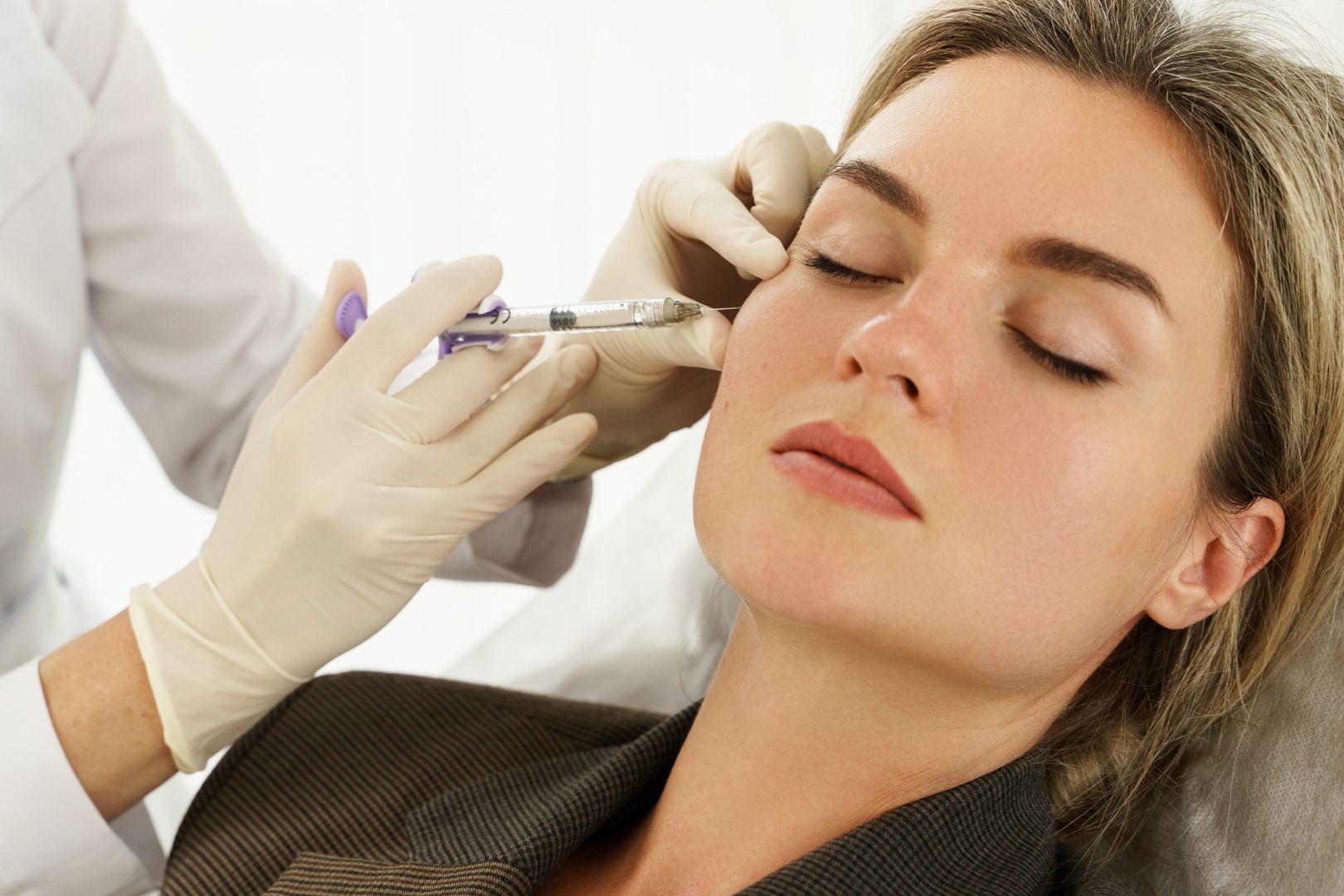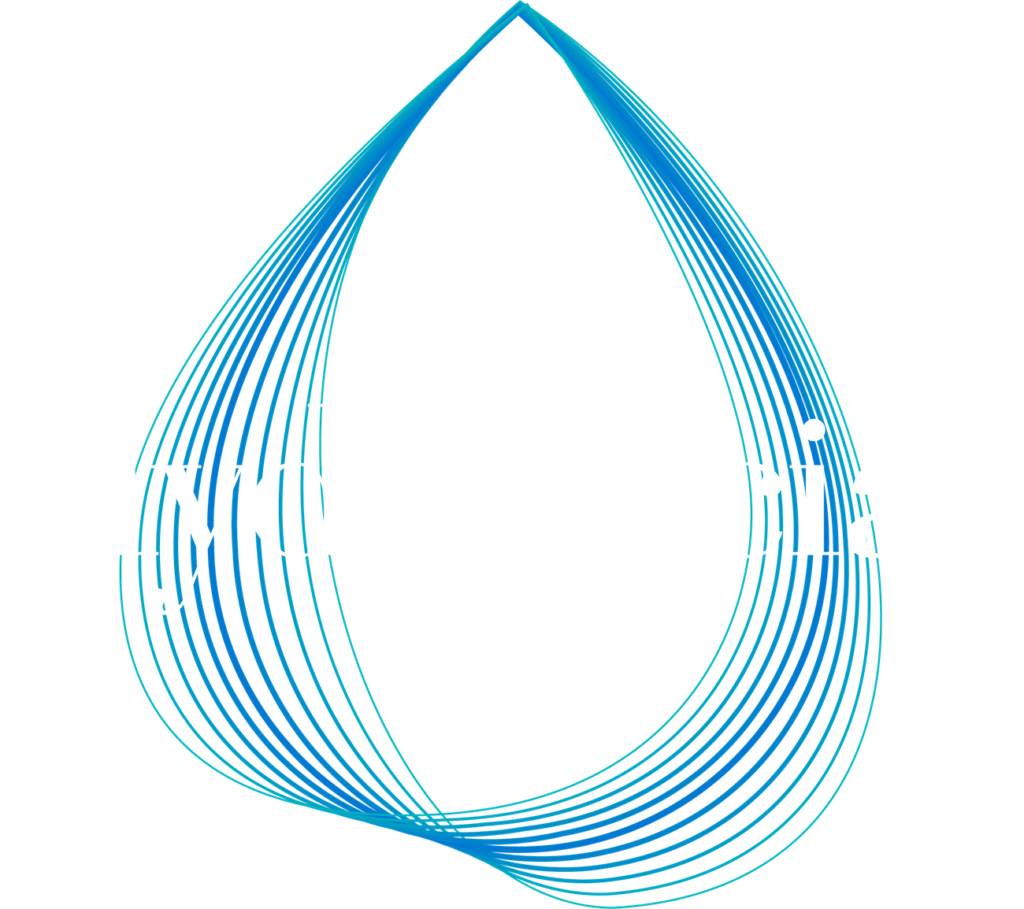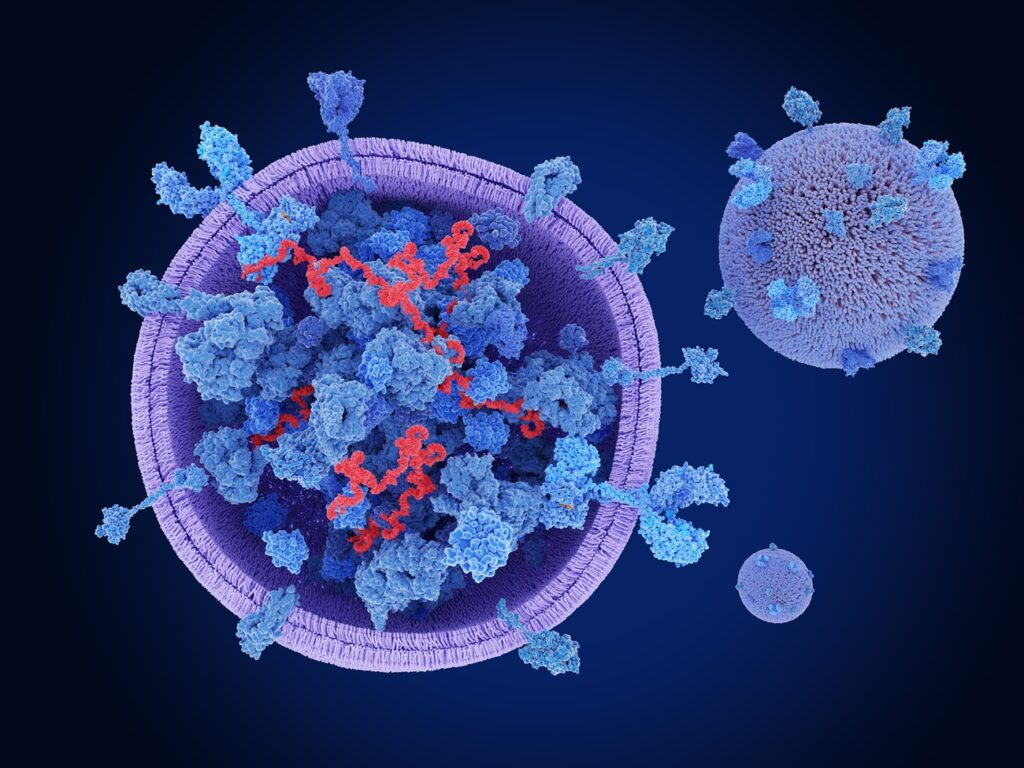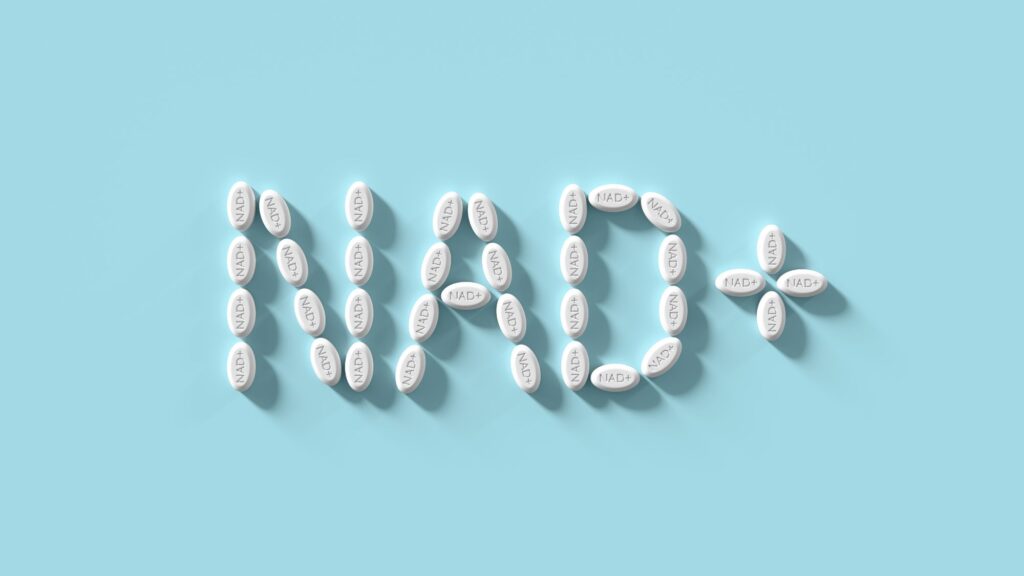Sculptra vs Radiesse: An Honest Expert Breakdown
Introduction: The Rise of Collagen-Stimulating Injectables
If you’re exploring injectable treatments to improve skin quality or restore volume, you’ve likely come across two powerful names: Sculptra and Radiesse. These are biostimulatory fillers, meaning they don’t just fill – they activate your skin’s own collagen production for gradual, lasting rejuvenation.
At Allure Aesthetics, where we view every treatment is part of a long-term, holistic plan – choosing between these two injectables is never about trends, it’s about what serves your skin’s architecture and future best. Here’s our honest expert breakdown of Sculptra vs. Radiesse: how they work, where they shine, and how to know which is right for you.
Sculptra vs Radiesse – What makes them different?
Though both are collagen-stimulating injectables, they’re built from entirely different materials, and that influences everything from how they feel to how they perform over time.
Composition & Mechanism
-
Sculptra is made of poly-L-lactic acid (PLLA), a biodegradable compound that works over time by activating your body’s collagen production.
-
Radiesse is made of calcium hydroxylapatite (CaHA) microspheres suspended in a gel that gives an immediate lift while continuing to stimulate collagen.
Both fillers boost dermal structure, but in distinct ways – and each comes with considerations beyond just their ingredients.
Sculptra: A Collagen Catalyst
Sculptra works like a seed. Once injected, it triggers your body to rebuild its own collagen network, gradually improving skin density, texture, and contour.
Why Some Clients Choose Sculptra:
-
Great for subtle, natural improvements over time
-
Ideal for larger areas (e.g., cheeks, temples, buttocks, thighs)
-
Results appear gradually and can last over 2 years
Considerations:
While Sculptra can be powerful in the right client, it does require strict post-treatment care and multiple sessions. Additionally, Sculptra can cause nodule formation, which is difficult to treat. This is much more common in those with autoimmune conditions or those who do not carefully adhere to post care guidelines. These factors are why many practices, including ours, use it selectively.

Radiesse: Instant Structure with Long-Term Benefits
Radiesse offers something Sculptra doesn’t: immediate visible results. The gel gives instant lift and volume, while the CaHA microspheres stimulate collagen over the following months.
Why Clients Choose Radiesse:
-
Best for sculpting and lifting (jawline, chin, nasolabial folds, hands)
-
Suitable for those wanting structure now and collagen later
-
Typically lasts 12–18 months
-
Requires fewer sessions
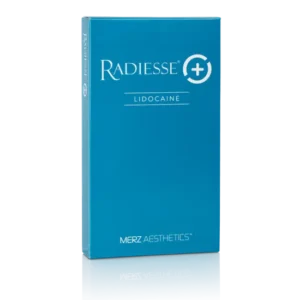
Hyperdilute Radiesse: Skin Quality, No Instant Volume
When Radiesse is hyperdiluted with saline, its focus shifts from instant volume to biostimulation across wider, thinner skin areas like the neck and chest.
Why Clients Choose Hyperdilute Radiesse:
-
Good for crepey or thinning skin
-
Improves firmness, tone, and elasticity
-
Minimal risk of nodules, and no bulk added
-
Often paired with energy devices like Moxi or microneedling
This approach is especially helpful for clients who aren’t seeking volume, but want to address texture, laxity, or skin thinning in a refined, elegant way.
In our experience, Radiesse – especially when hyperdiluted – covers many of the same use cases as Sculptra, often with a more streamlined process and fewer client responsibilities post-treatment.
Are These Fillers “Natural” or Safer Than HA?
It’s a common misconception that just because these injectables stimulate your own collagen, they’re inherently safer or more natural than traditional HA fillers.
The truth: Biostimulatory fillers are semi-permanent and non-dissolvable, meaning they require careful placement and candidacy assessment. We believe the recent wave of HA fear (with a ton of misinformation) on social media was more about bad technique, not bad product – and many providers, like us, approach HA with deep care and precision.
Sculptra and Radiesse should not be viewed as safer or more natural, or even as replacements for HA filler, but instead as different tools with different considerations. What’s safest and most effective is what’s right for your specific use case, in the hands of someone who sees the bigger picture.
Side-by-Side Comparison
| Sculptra | Radiesse | Hyperdilute Radiesse | |
|---|---|---|---|
| Main Ingredient | Poly-L-lactic acid | Calcium hydroxylapatite | Same (CaHA) |
| Action | Collagen biostimulation | Volume + collagen | Collagen only |
| Onset | Gradual (weeks) | Immediate | Gradual (weeks) |
| Longevity | 2+ years | 12–18+ months | 12–18+ months |
| Sessions | 2–4 | 1–2 | 1–3 |
| Ideal For | Full-face or body rejuvenation | Structure + contour | Skin laxity, crepiness |
| Massage Required? | Yes | No | No |
| Vascular Risk | Low | Higher in danger zones | Low |
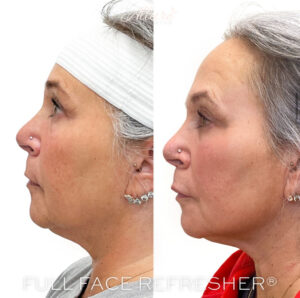
The Bottom Line: What We Actually Recommend
Sculptra and Radiesse both work by stimulating your body to produce more collagen – but they do so differently, and each has its ideal use.
At Allure Aesthetics, we use Radiesse often because of its flexibility, immediate results, and biostimulatory benefits. We turn to Sculptra rarely and intentionally, in specific cases where it offers an advantage – and always with detailed education and follow-through.
Considering Biostimulatory Fillers?
Let’s talk about the full picture – your skin, your goals, and your long-term aesthetic vision. Deciding between Sculptra vs. Radiesse is rarely an either/or decision. At Allure, it’s never about the product – it’s about the outcome.
If you have questions about Sculptra, Radiesse, or any of our other injectable offerings, feel free to call or text us at 610-393-1253 or email us at info@allureaestheticsllc.com.
Or if you’re ready to begin, visit our booking page to schedule your appointment today.




